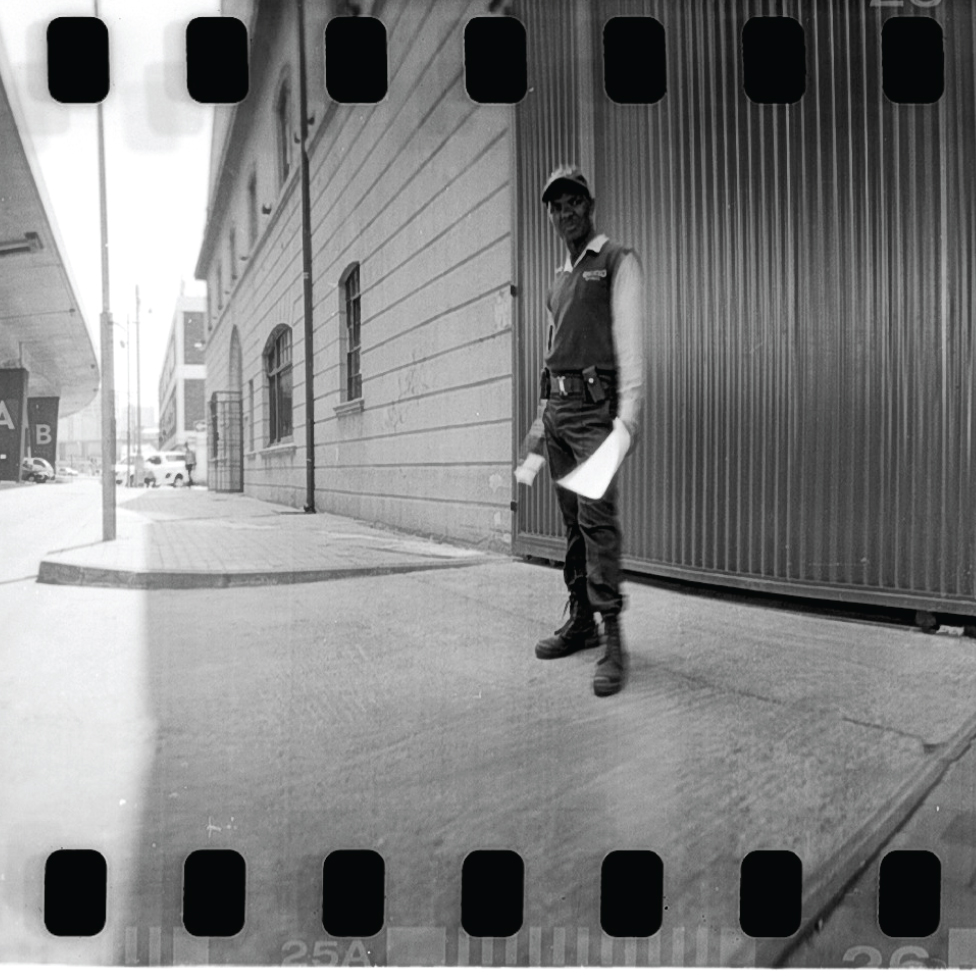Big thanks to Julie Lovelace for her book Unsanctioned, now available in cfile.campus. If you are a member, view the book, or begin your 30-day free trial.

Unsanctioned
by Julie Lovelace
2013
72 Pages
In Unsanctioned, Lovelace describes public installations that she initiated between 2011 and 2013 that are connected to her status as an English immigrant in Johannesburg. All of these works take place in the city’s liminal spaces/ phases. Liminal spaces/ phases has been described in a variety of ways, including “where the human being is between past and future identities and anything can happen…”
She describes these public installs as “interventions.” In one install, ceramic plates and objects are cemented into a bridge. Bridges, in Lovelace’s mind, are symbolic of liminality.
“Through my desire to interact with the city I construct a vision of my personal culture by layering and juxtaposing eclectic objects in this particular space. Many migrants pass through this pass daily to access the city and my intention is to produce and encounter between these moving people and my unsanctioned work I challenge the visual narrative layers of the city with these immobile artefacts.”
Lovelace’s installations references South African history, the artist’s personal history, and regional architecture. The work “The Shack” is a vase placed next to a shack under a bridge. The shack itself was built by artist St. John Fuller and decorated with President Zuma’s campaign posters. On The Shack, Lovelace has said:
“The intervention highlights shack settlements. These are the poor people’s answer to lack of affordable housing especially in the cities. Many people move to the cities from rural areas to seek work, tertiary education, and health care. One in six South African households live in shacks, and the number is increasing. Shack communities are often referred to as “informal” or “temporary”, yet these communities are not temporary and many people live in this situation for five years and a quarter have lived in them for up to eleven years. City officials deem this form of habitation “unsuitable,” and as such they are refused basic services and prevented from taking their place in the city.”
These informal settlements are textbook liminal spaces. Lovelace playfully highlights home-spaces within a city’s liminal spaces.
Lovelace’s work Let Freedom Reign, The Sun Never Set on So Glorious A Human Achievement is a gold-glazed ceramic plate hung like a memorial to Nelson Mandela. It is hung at the site of anti-apartheid activist Joe Slovo who’s wife Ruth First died by parcel bomb explosion in Mozambique, where she had been exiled.
“By positioning bud vases on top of the platter and placing flowers into them, I was attempting to create a potential interaction with the urban dweller, similar to the interaction that occurs with some memorials where ” citizens may act as curators, taking responsibility for removing dead flowers.” (Stevens and Franck, 2007:142)
When It Rains, It Pours consists of cement blocks and childhood toys, as well as ceramic ducks cemented into the gutter away from the initial installation, where water passes through. The installation is on a skateboarding facility where kids go to hang out and skate. This work is meant to highlight the youth’s role and right to a community. How can the space a child grows up in determine who the child becomes? What social responsibility do urban planners have to the children?
“A city, like a person, has a soul, a personality, or whatever you want to call it specific to a particular city. What elements conspire to generate this feeling is not clear but is probably the result of several factors: the history, the people, the geography, the politics etc?”
If you are a member of cfile.campus, view the catalog, or begin your 30-day free trial!





Thank you cfile so pleased to see it readily available to any one intrested